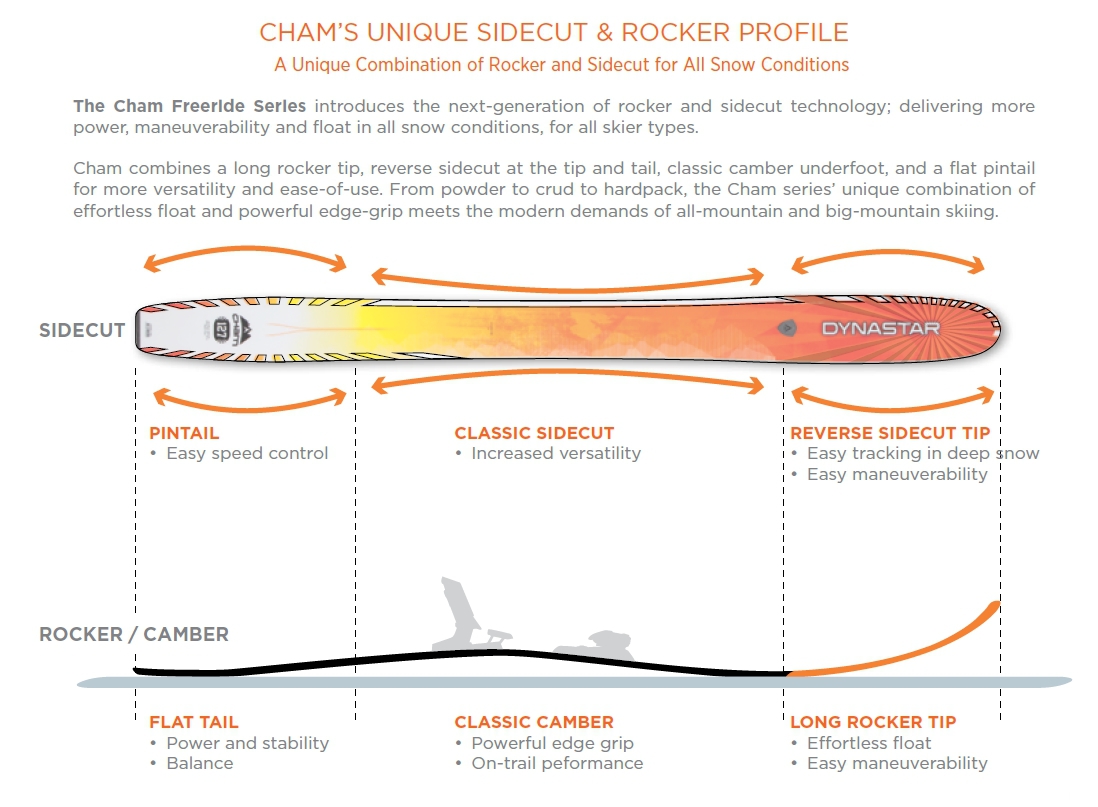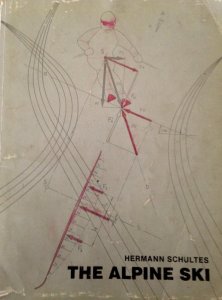Not much spoils fun more than logic: logic is the antithesis of fun. Numbers are logic, numbers are not fun. I hear numbers being thrown out like 14.5, 98, 131, 177 -- and I am sure 94.5% of the people reading this know exactly what each of those numbers represents. But what does each of those numbers really mean? Nothing. The are just points of reference. I could give four exceptions for every reason you want a ski with a particular number in a specific slot, and you would still get the on-snow results you are looking for.

“I want a ski that carves well and is good on ice” -- that is not a number. “I want a ski that makes a short- to medium-radius turn” -- that is not a number, either. “I want a ski that floats in powder” -- again, not a number. Numbers do not define how a ski reacts on snow. You want a ski that carves well? Get it up on edge and bend it. A ski does not have to be narrow to carve. You want a ski that is good in three-dimensional conditions? Relax and bend the ski and let it rise out of the snow. Personally, I have had some of the most fun laying trenches on a 90mm ski, just as I have had one of my best powder days on a 98mm ski.
The point here is, Don’t get hung up on the numbers. There a lot of great skis out there that will do what you expect them to do, regardless of a specific length, width, or shape. Plus, they will do so much more. For your own enjoyment, don't let a number make the decision for you. Look at the flex, how the ski will bend. Look at the combination of rocker, rise, and camber and how it affects contact with the snow. There are no numbers tied to these characteristics, but they have a lot more to do with ski performance than sidecut and dimensions and sometimes even length.
[The Exception: we know slalom skis need to be a certain dimension and length and this-that-and-the-other. The same goes for other race and discipline-specific skis. If you are looking for such skis, you are not the intended audience for this article. If you want to do the “yeah but’s,” you are welcome to discuss the hole in my argument. Here, we are talking about the ski that could be a one-ski quiver or the foundation of a multi-ski quiver.]
Coming next, The Numbers Game: Boots, Parts 1 and 2.
“I want a ski that carves well and is good on ice” -- that is not a number. “I want a ski that makes a short- to medium-radius turn” -- that is not a number, either. “I want a ski that floats in powder” -- again, not a number. Numbers do not define how a ski reacts on snow. You want a ski that carves well? Get it up on edge and bend it. A ski does not have to be narrow to carve. You want a ski that is good in three-dimensional conditions? Relax and bend the ski and let it rise out of the snow. Personally, I have had some of the most fun laying trenches on a 90mm ski, just as I have had one of my best powder days on a 98mm ski.
The point here is, Don’t get hung up on the numbers. There a lot of great skis out there that will do what you expect them to do, regardless of a specific length, width, or shape. Plus, they will do so much more. For your own enjoyment, don't let a number make the decision for you. Look at the flex, how the ski will bend. Look at the combination of rocker, rise, and camber and how it affects contact with the snow. There are no numbers tied to these characteristics, but they have a lot more to do with ski performance than sidecut and dimensions and sometimes even length.
[The Exception: we know slalom skis need to be a certain dimension and length and this-that-and-the-other. The same goes for other race and discipline-specific skis. If you are looking for such skis, you are not the intended audience for this article. If you want to do the “yeah but’s,” you are welcome to discuss the hole in my argument. Here, we are talking about the ski that could be a one-ski quiver or the foundation of a multi-ski quiver.]
Coming next, The Numbers Game: Boots, Parts 1 and 2.
@Dave Petersen artwork.
Last edited by a moderator:







